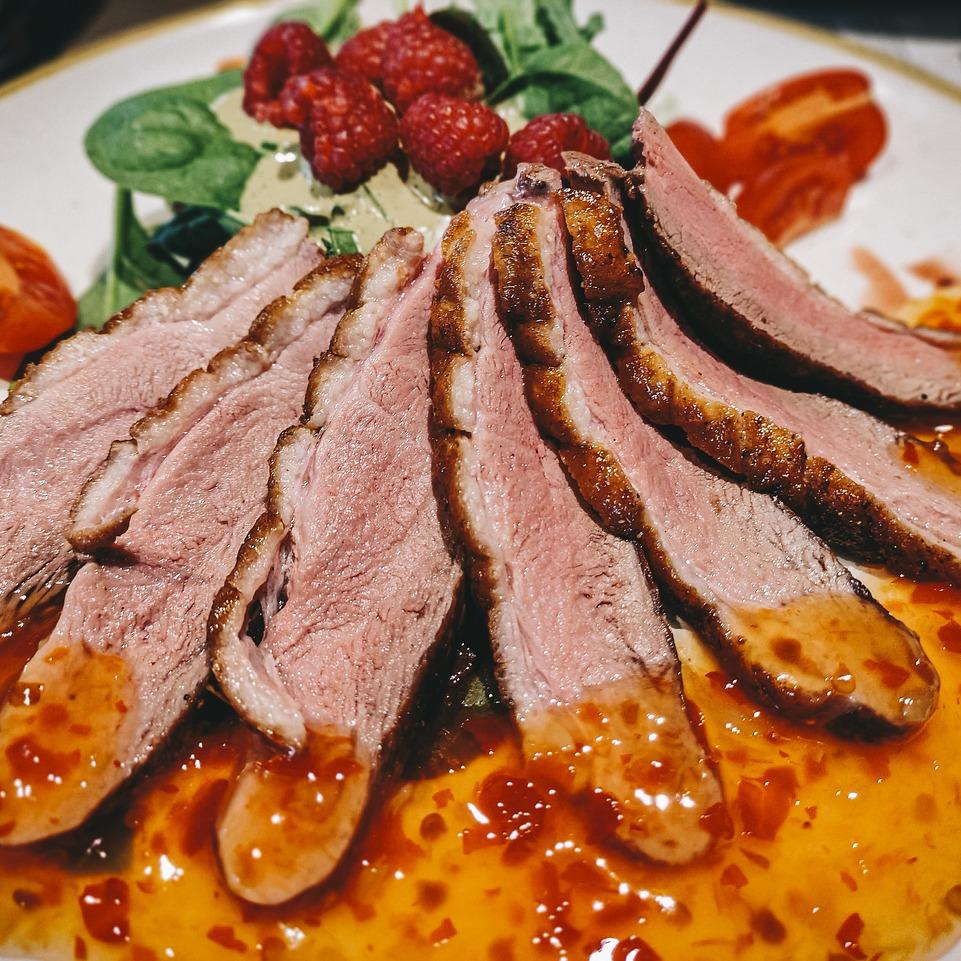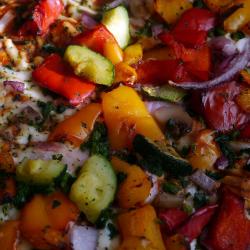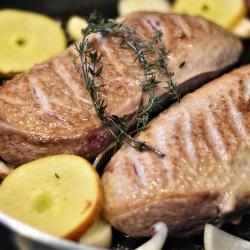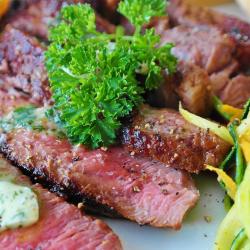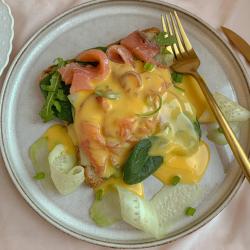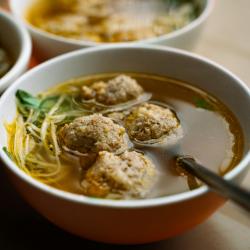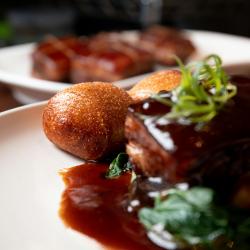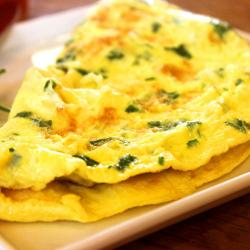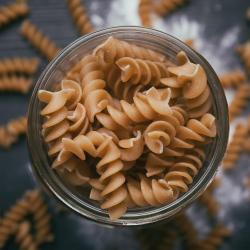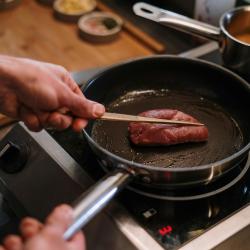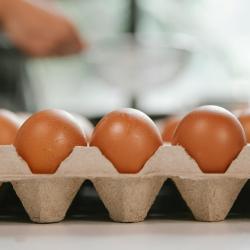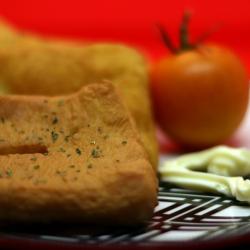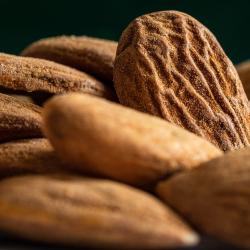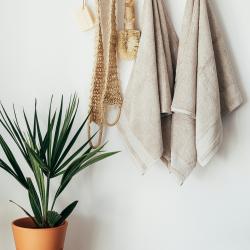How to Master the Art of Sous Vide Cooking at Home
Sous vide cooking—a method once reserved for professional kitchens—has made its way into home kitchens around the globe. With its promise of perfect doneness and robust flavors, home chefs are increasingly adopting this method to elevate their culinary creations. If you’re eager to explore the precision and potential of sous vide cooking, this guide will help you master this innovative technique.
What is Sous Vide Cooking?
Sous vide, French for "under vacuum," is a cooking technique where food is sealed in a vacuum-sealed bag and cooked in a water bath at a precise, consistent temperature. This method allows for even, controlled cooking with remarkable results. The food retains moisture, nutrients, and flavor—hallmarks of any great recipe.
Getting Started: Essential Equipment
-
Sous Vide Immersion Circulator: This device heats the water to the desired temperature and maintains it consistently. Look for a model with user-friendly controls and a strong pump for even water circulation.
-
Vacuum Sealer and Bags: To achieve the "sous vide" effect, you need to vacuum seal your ingredients. Vacuum sealing prevents moisture loss and allows for even cooking. If you’re just starting out, heavy-duty zip-lock bags can also suffice.
-
Sturdy Container or Pot: A large pot or a specific sous vide container holds the water for the cooking process.
Optional, but Useful:
- Food-safe Weights or Clips: These help keep bags submerged in the water bath.
- Rack or Organizer: Helps keep multiple bags from touching, ensuring even water circulation.
Step-by-Step Guide to Sous Vide Cooking
-
Preparation: Season your food as desired. Herbs, spices, garlic, and citrus work well, as the sous vide method intensifies these flavors. Place the seasoned food in a vacuum-sealed bag.
-
Vacuum Sealing: Using your vacuum sealer, remove the air from the bag. Ensure a tight seal to prevent water from entering the bag during cooking.
-
Set the Temperature: Follow a sous vide temperature chart based on the desired doneness and food type—meats, poultry, fish, or vegetables. For example, beef steaks are commonly cooked at 130°F (54°C) for medium-rare.
-
Submerge and Cook: Place the sealed bag in the preheated water bath. Cooking times vary; thicker cuts require longer cooking, but sous vide timing is relatively forgiving due to the precise temperature control.
-
Finish with a Sear (Optional): For meats, especially, a quick sear in a hot pan post-sous vide adds a delightful texture contrast. Make sure the meat is dry before searing to achieve the perfect crust.
Tips for Success
-
Consistency is Key: Ensure your bags are fully submerged for even cooking. Water displacement, achieved by partially sealing the bag and slowly immersing it in water, can remove air if a vacuum sealer isn’t available.
-
Experiment with Flavors: Sous vide’s precise control allows you to play with flavor infusion like never before. Try diverse seasoning combinations or marinades directly in the vacuum-sealed bag.
-
Safety First: While sous vide cooking is generally safe, it is crucial to be aware of food safety. Cook proteins to recommended temperatures to avoid bacteria growth. After cooking, cool rapidly if not serving immediately.
The Endless Possibilities of Sous Vide
Sous vide isn’t confined to perfect steaks. Its potential spans from delicate poached eggs to vibrant, tender vegetables, and even infused cocktails. Mastering sous vide at home opens a new world of culinary creativity, combining precision with the passion of cooking.
As you gain confidence with sous vide cooking, your repertoire will expand, and your family and friends will delight in your culinary artistry. Embrace this modern method and let its consistency and convenience transform your kitchen endeavors. Happy cooking!
